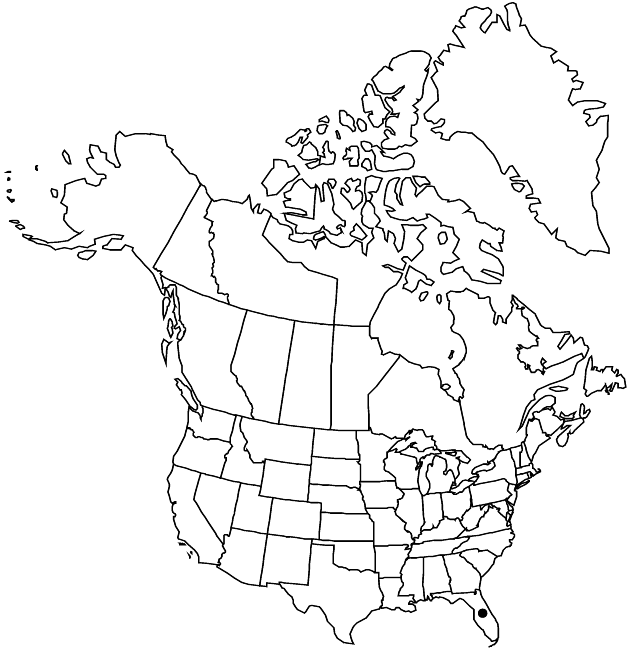Difference between revisions of "Pityopsis graminifolia var. aequilifolia"
Phytologia 58: 430. 1985.
Endemic
imported>Volume Importer |
imported>Volume Importer |
||
| Line 50: | Line 50: | ||
|publication year=1985 | |publication year=1985 | ||
|special status=Endemic | |special status=Endemic | ||
| − | |source xml=https:// | + | |source xml=https://bitbucket.org/aafc-mbb/fna-data-curation/src/2e0870ddd59836b60bcf96646a41e87ea5a5943a/coarse_grained_fna_xml/V19-20-21/V20_502.xml |
|tribe=Asteraceae tribe Astereae | |tribe=Asteraceae tribe Astereae | ||
|genus=Pityopsis | |genus=Pityopsis | ||
Latest revision as of 21:03, 5 November 2020
Cauline leaves: mid and distal crowded, greatly overlapping, lanceolate to ovate, 35–70 × 6–12 mm, little reduced distally. Involucres 6–8 mm. Phyllary faces sparsely to moderately (rarely densely) sericeous proximally and distally, eglandular. Ray florets 7–10; laminae 4.6–6.1 mm. Disc florets 15–20; corollas 3.2–4.5 mm, lobes 0.4–0.7 mm, glabrous. 2n = 18.
Phenology: Flowering late summer–early fall.
Habitat: Sandy soils
Elevation: 10–40 m
Discussion
Narrower leaved plants of var. aequilifolia are similar to var. tenuifolia, with which it hybridizes.
Selected References
None.
Lower Taxa
None.
